|
It is made of wainscot perfectly round,
about 6 feet in length, about 2 feet and a half diameter at the
head, and about 18 inches diameter at the foot, and contains about
30 gallons; it is hooped with iron hoops without and within to guard
against pressure. |
||||
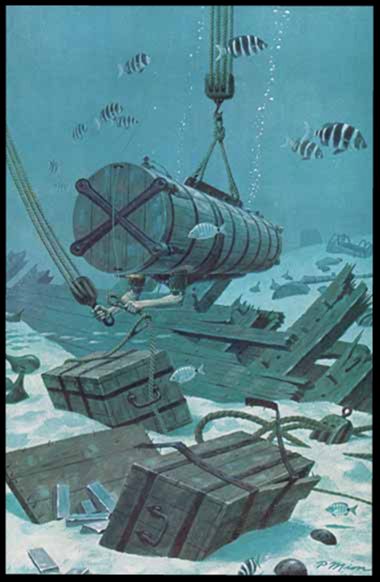 |
 |
|||
|
Read about the breathtaking adventures of John
Lethbridge and Robert
Sténuit here is the link to the great website: http://www.vocshipwrecks.nl/out_voyages7/slot_ter_hoge.html |
||||
| http://nothingtosea.com/docs/immersed_rs.pdf | ||||
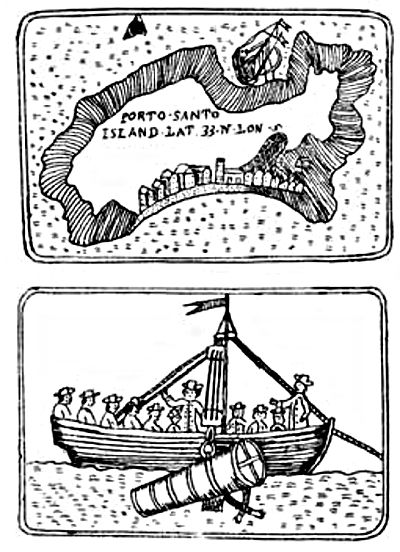 |
||||
 |
||||
 courtesy: www.Divingheritage.com |
||||
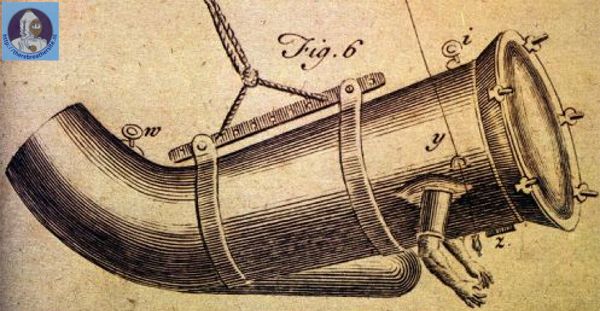 |
||||
| The curved version is not the Lethbridge machine but the Rowe | ||||
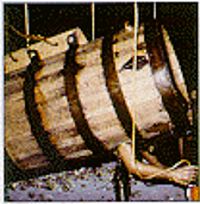 |
||||
 |
||||
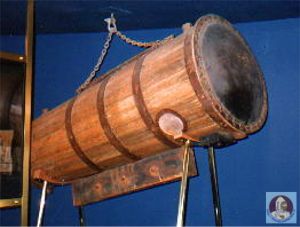 |
||||
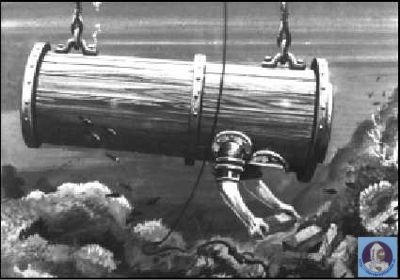 |
||||
| If you have additional information about John Lethbridge, please do not hesitate to send it to me! | ||||
 |
||||
| This replica from France Cité de la Mer, Cherbourg thanks to the tip of Mr. Peter Lazet | ||||
| Top of this page | ||||
| Please sign my Guestbook | ||||
| Email: jw.bech@quicknet.nl | ||||
John Lethbridge (1675–1759) invented the first underwater
diving machine in 1715. He lived in the county of
Devon in
South
West England and reportedly had 17 children.
John Lethbridge was a wool merchant based in
Newton Abbot
who invented a diving machine in 1715 that was used to salvage valuables from
wrecks. This machine was an air tight oak barrel that allowed “the diver” to
submerge long enough to retrieve underwater material. In Lethbridge’s words:
Menu Atmospheric suits
Updates
Speedmenu
Search page
Webshop
Home
GO BACK TO
ATMOSPHERIC
DIVING SUITS.
Mainmenu:
Search this Website
Information about RB
Photo galleries
Historical Information
Links & Downloads
Reviews
Homebuilders
Electronics
Updates, speed menu
Web shop
Reviews SC rebreathers
Reviews CC rebreathers
RB’s through the ages
Inspiration rebreather
Database Oxygen RB’s
Database Semiclosed RB’s
Updates
Speed menu
Search this web
